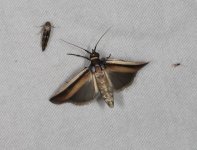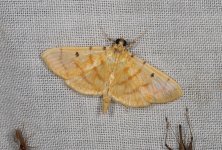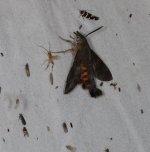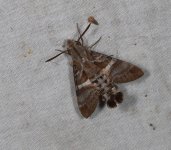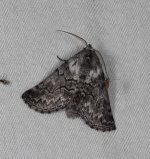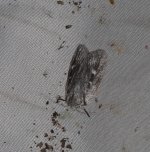Andy Adcock
Worst person on Birdforum

Many thanks for your time Atropos, much appreciated.

Not sure how much help I was Andy but please feel free to post photos at any timeMany thanks for your time Atropos, much appreciated.
